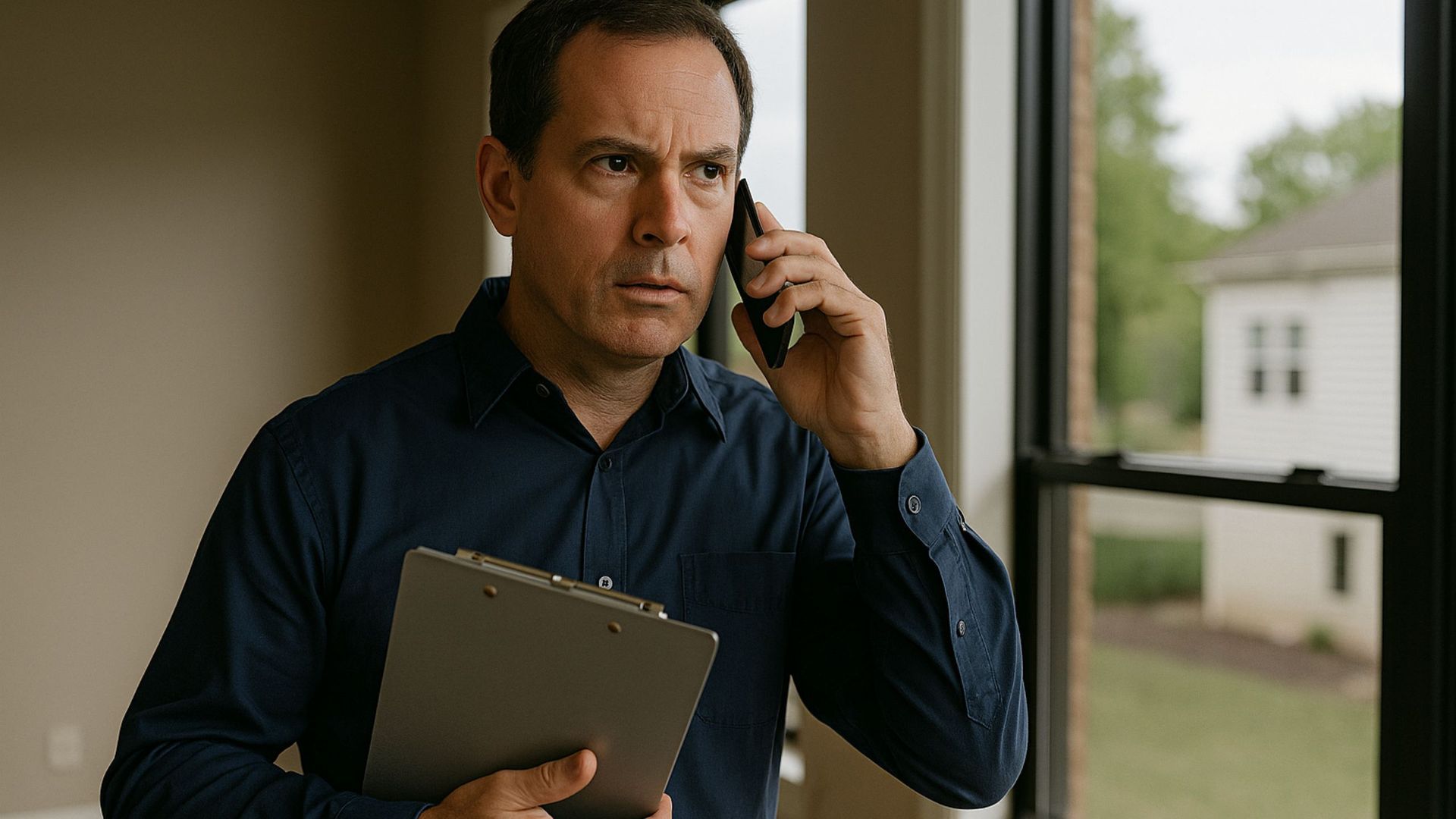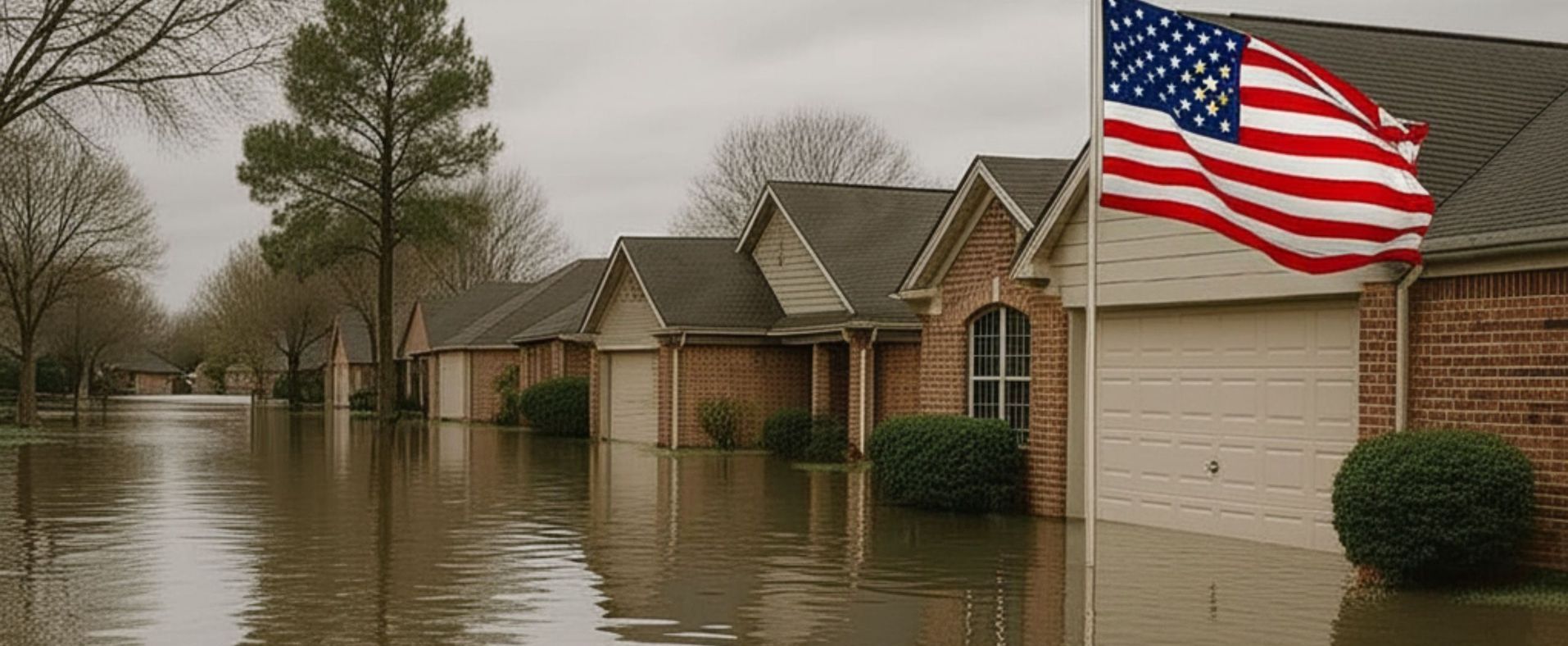Not Every Storm Is a Catastrophe—Until It’s Ignored
The Silent Risks of Underestimating Moderate Storm Damage
Not every storm makes national headlines. Some bring moderate winds, brief downpours, or minor flooding. But what looks like a manageable event can quietly evolve into a serious—and costly—problem if the damage is left unaddressed.
Insurance carriers and adjusters know that even small storms can cause hidden issues. Structural stress, moisture intrusion, and foundation movement can go undetected, leading to reopened claims, policyholder disputes, or long-term property degradation.
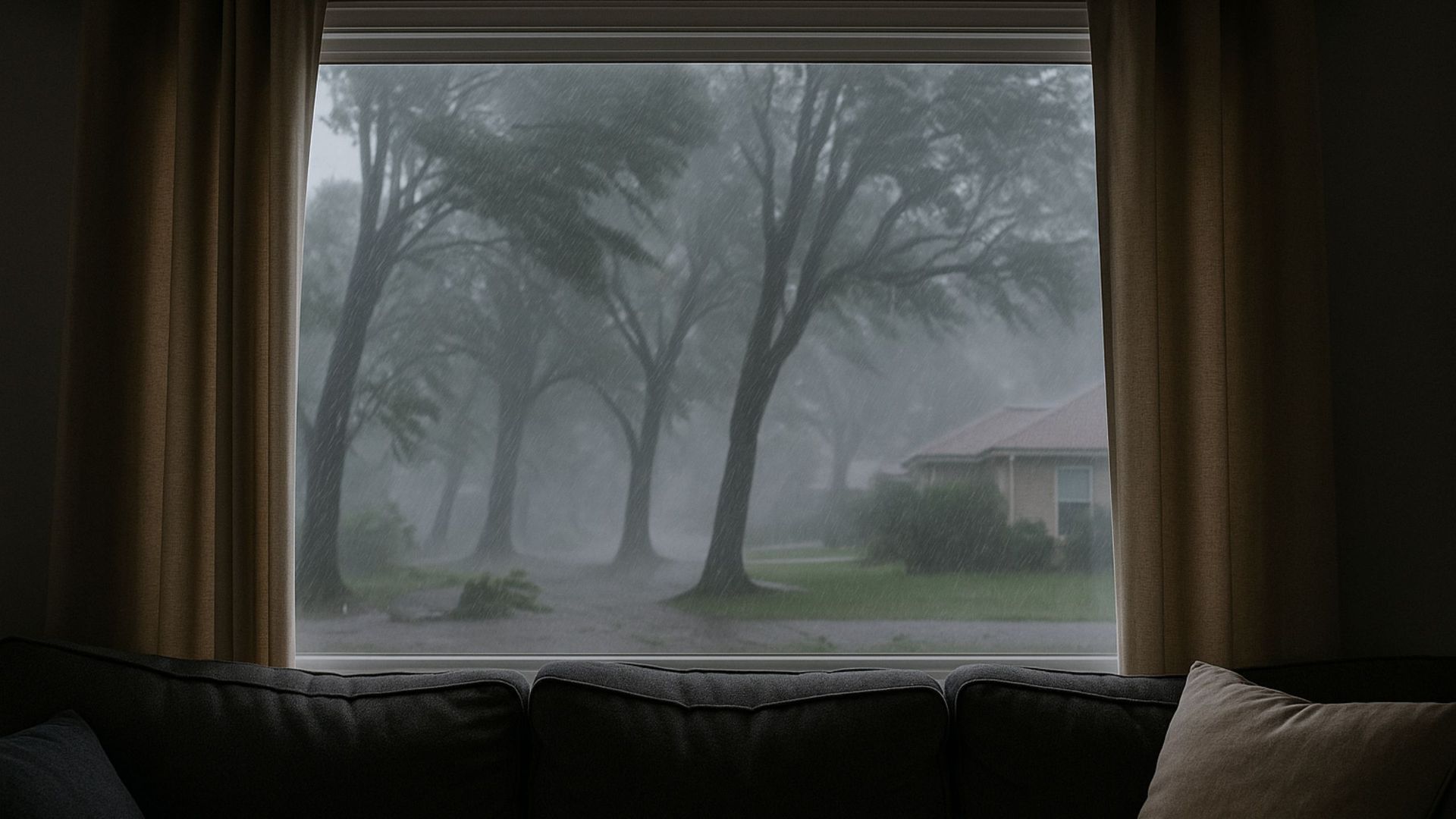
Why Small Storms Can Still Cause Big Problems
Storms that don’t meet catastrophe thresholds are often treated as routine losses. But “routine” doesn’t mean risk-free.
What can happen when smaller events are overlooked:
- Minor roof damage becomes a major leak weeks later
- Moisture seeps into walls, causing mold and material failure
- Foundation shifts weaken structural load paths
- Water intrusion goes unnoticed until flooring or drywall begins to warp
- When inspections are rushed—or skipped entirely—these issues stay hidden until policyholders call back with bigger problems.
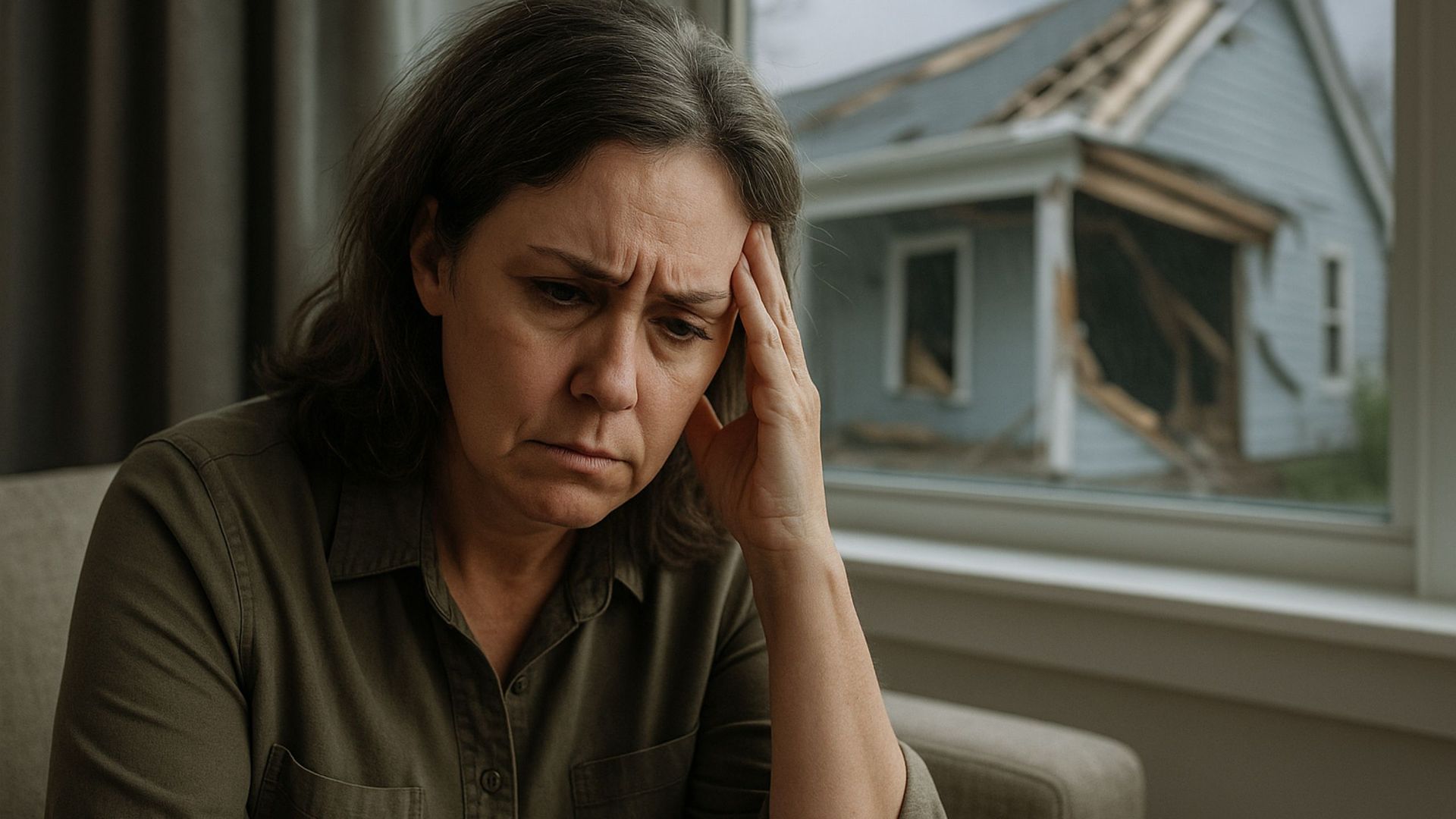
The Cost of Ignoring Storm Exposure
For insurance carriers, ignoring or under-evaluating smaller storm claims can lead to:
- Supplemental claims and file reopenings
- Increased loss ratios and administrative costs
- Damage to customer trust and retention
- Disputes requiring appraisal & arbitration or legal action
- Carriers that rely on general visual inspections alone are more likely to face claim delays, inaccurate settlements, and preventable escalations.
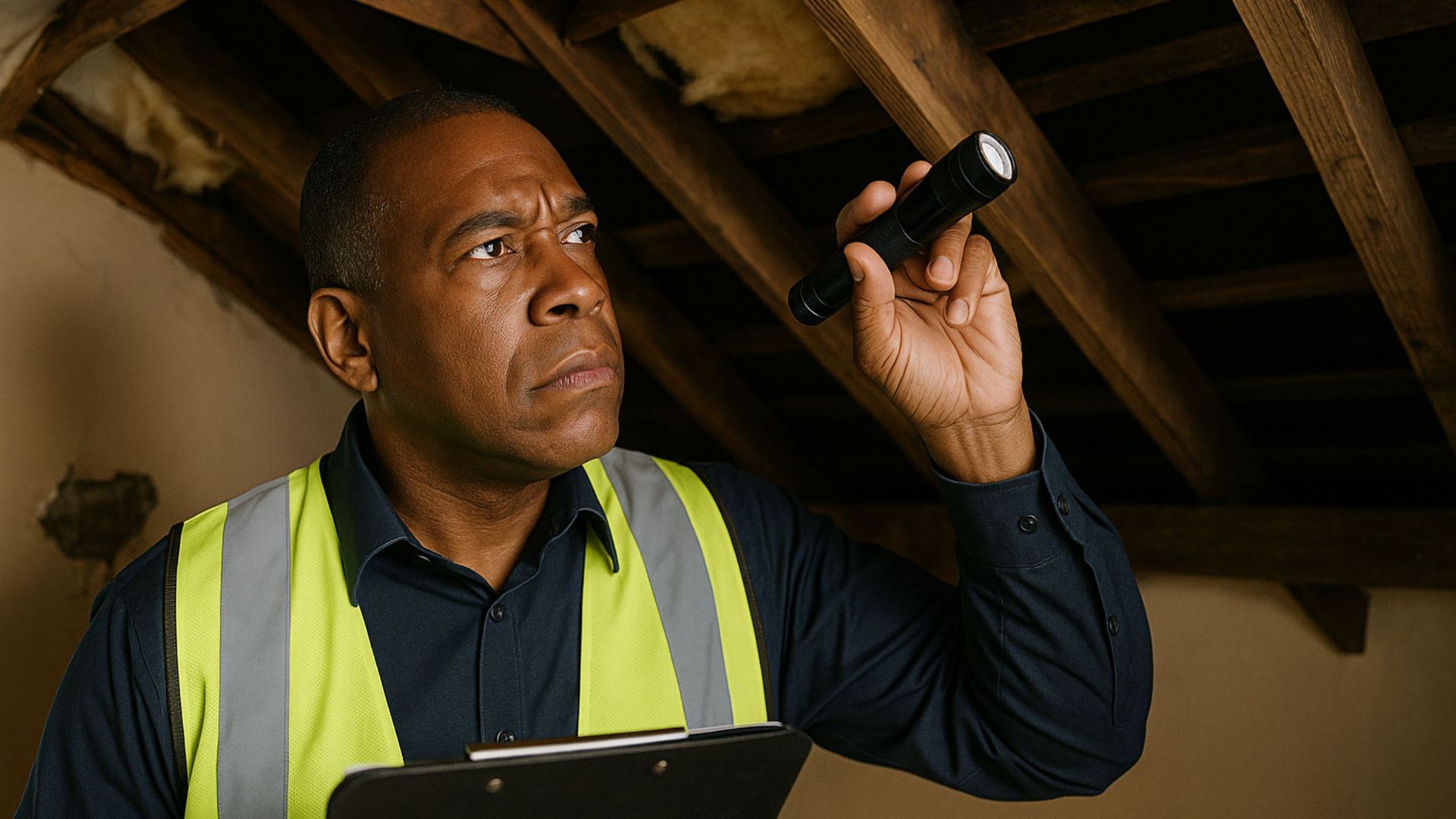
How Forensic Engineering Adds Clarity—Even in Minor Storms
Forensic engineering brings precision to storm assessments of all sizes. It helps answer critical questions:
- Was the damage caused by this event or a previous one?
- Is the damage cosmetic or structural?
- Is the building safe for occupancy?
- Will the repair align with current building codes?
- Even when a storm seems minor, a structural evaluation by a qualified expert ensures that no underlying issue is missed.
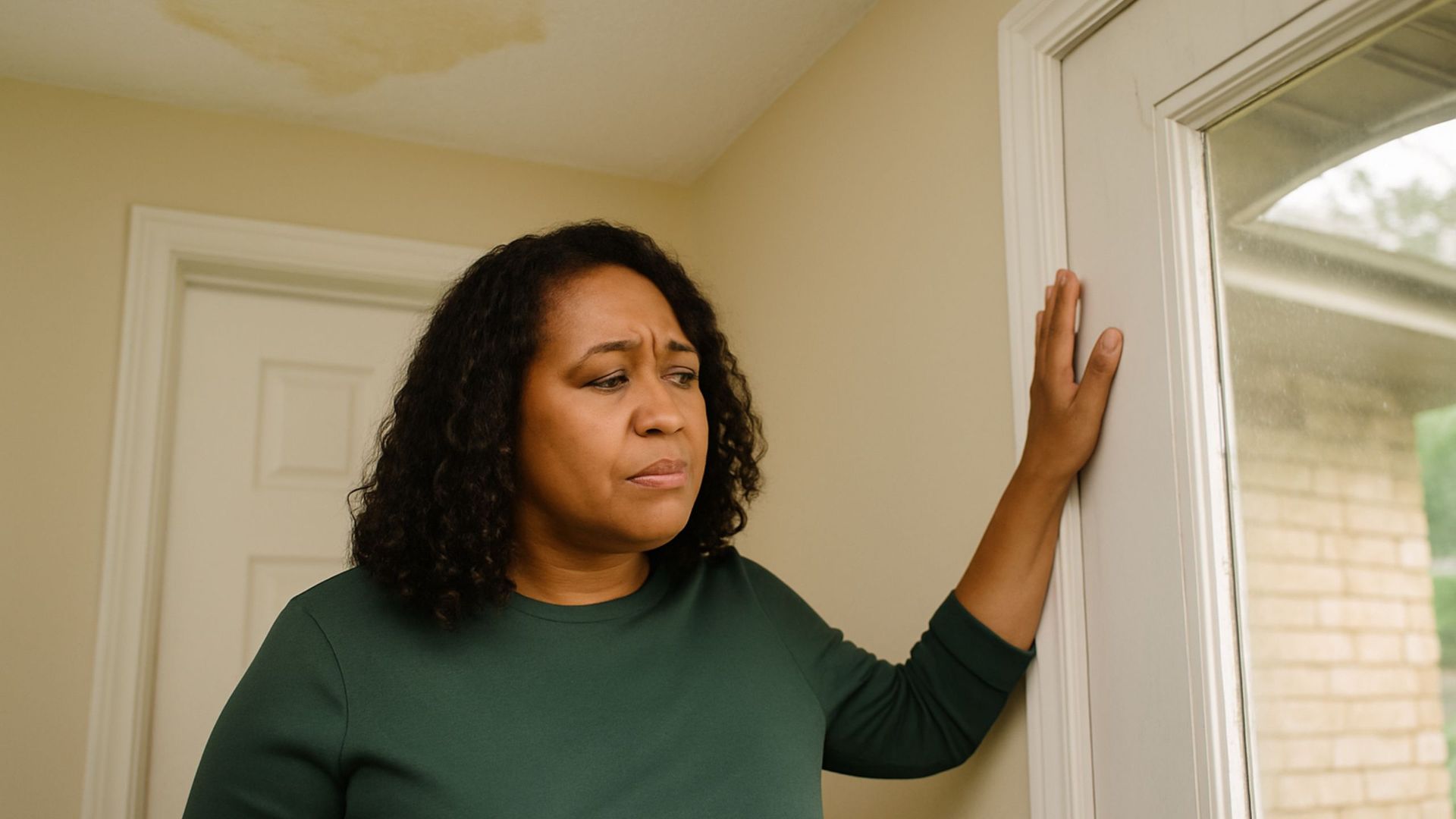
When to Take a Closer Look
Carriers should consider deeper investigation when:
- Claims are filed shortly after repeated regional storms
- The same area experiences frequent storm exposure
- Policyholders report subtle signs of damage (doors sticking, ceiling stains)
- Losses are located in high-risk areas (older buildings, flood zones, coastal regions)
- Expert inspections and detailed property damage assessments help resolve claims accurately before small problems become major liabilities.
It’s Not a Catastrophe—Until It Becomes One
The storms that don’t make headlines often become the claims that return months later with much higher costs. By acting early, carriers can close claims faster, reduce reinspections, and preserve the policyholder relationship. Precision matters—even when the storm didn’t feel historic.



